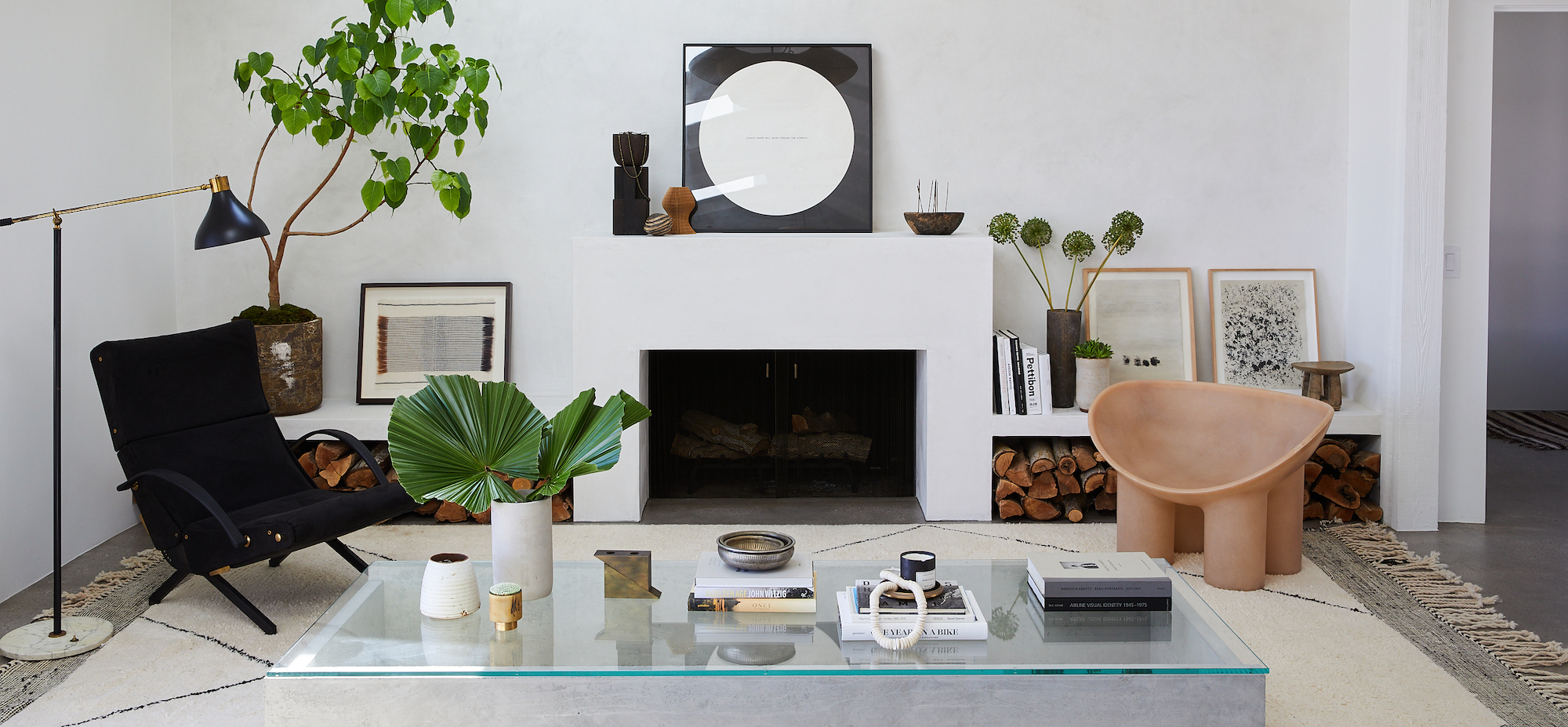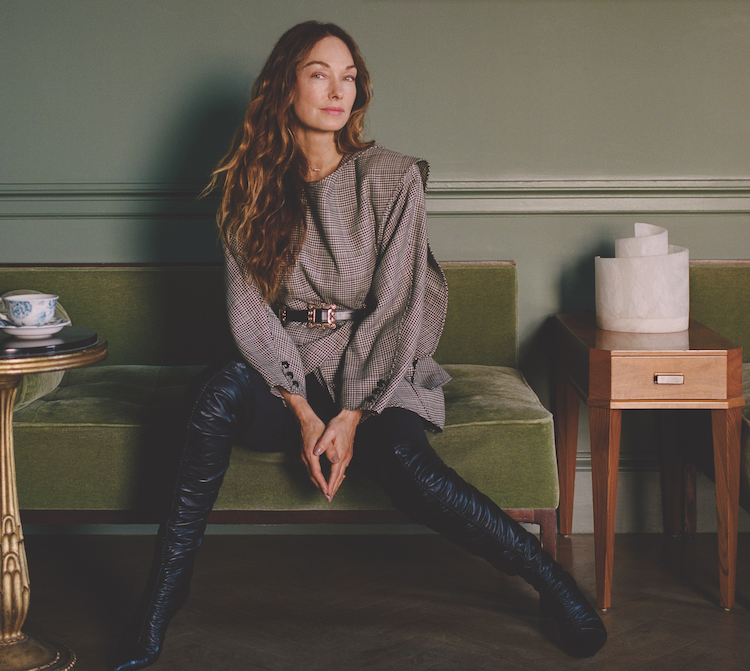Vanessa Alexander’s work is instantly recognisable. If you were to give her aesthetic a moniker, you might opt for ‘organic modernism’ or ‘California cool’ to describe its signature warmth, texture and coastal vibe.
But her work is much more than that. The California native’s rendition of space and definition of living space responds deeply to both place and to people. Not content with merely creating Instagrammable vignettes, Alexander mines her clients’ lives for clues as to how they live and how they could live. Coupled with a sensitivity to place and an unmistakable eye for great vintage furniture, the projects of her Alexander Design studio are both vernacular and global in nature.
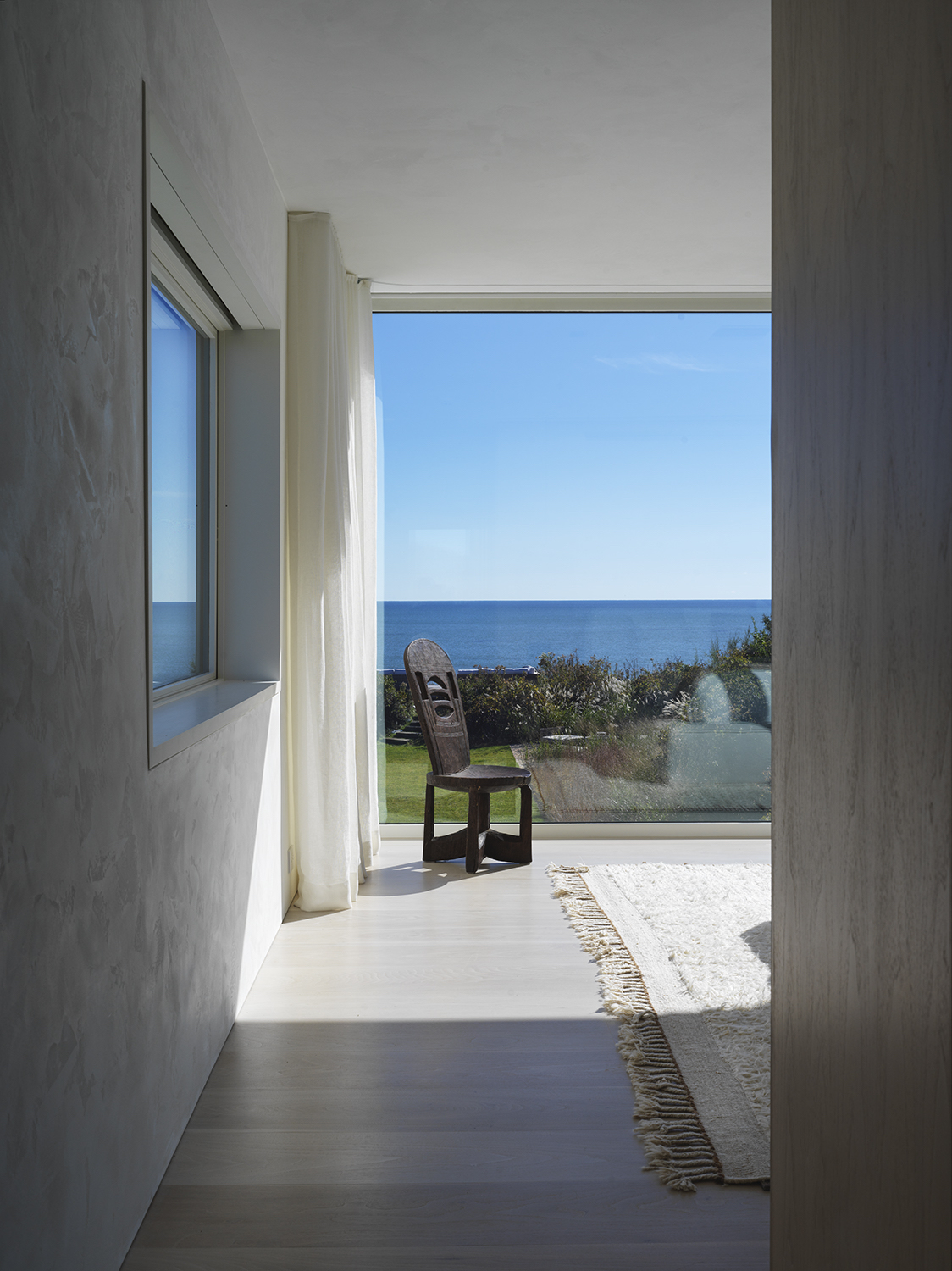
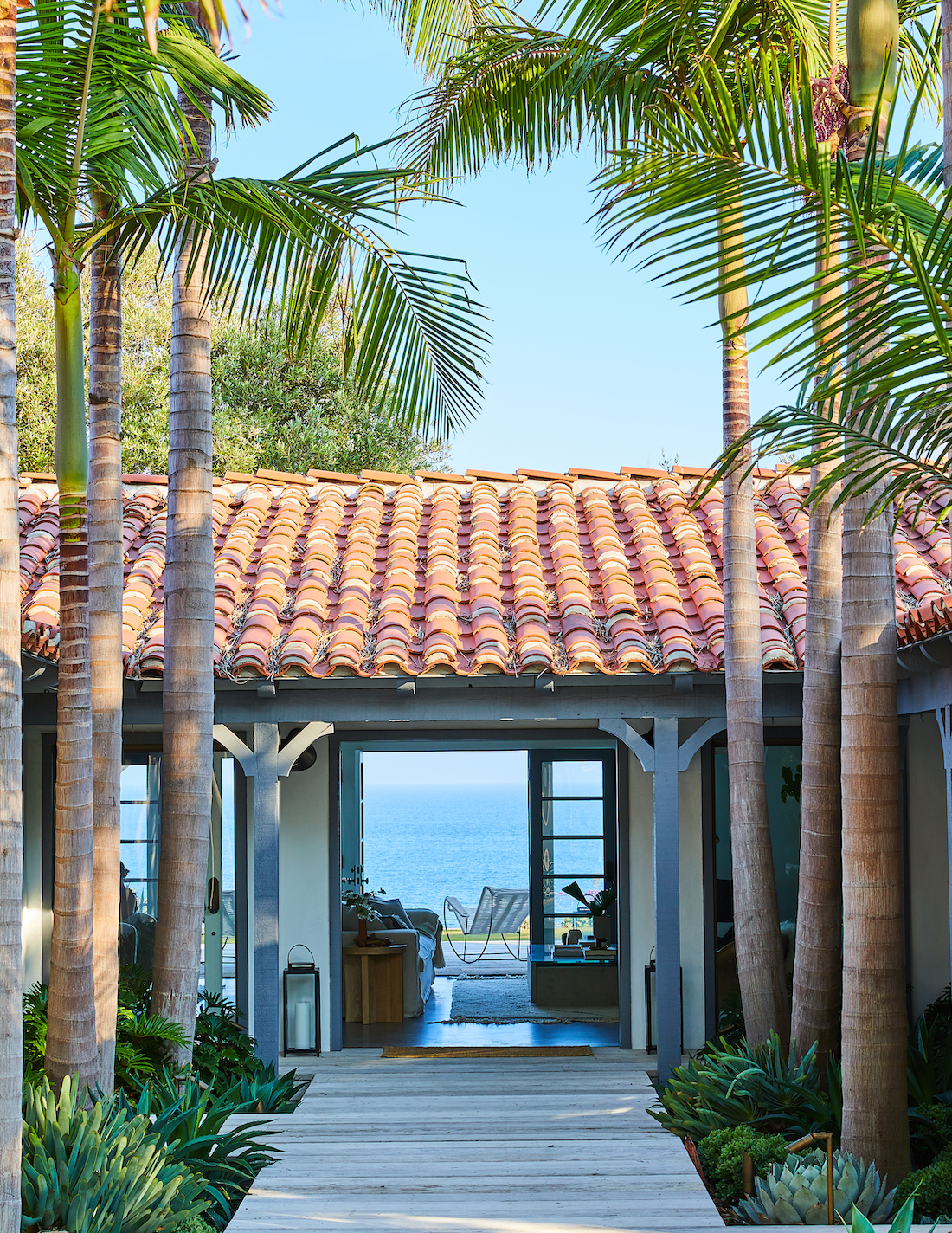
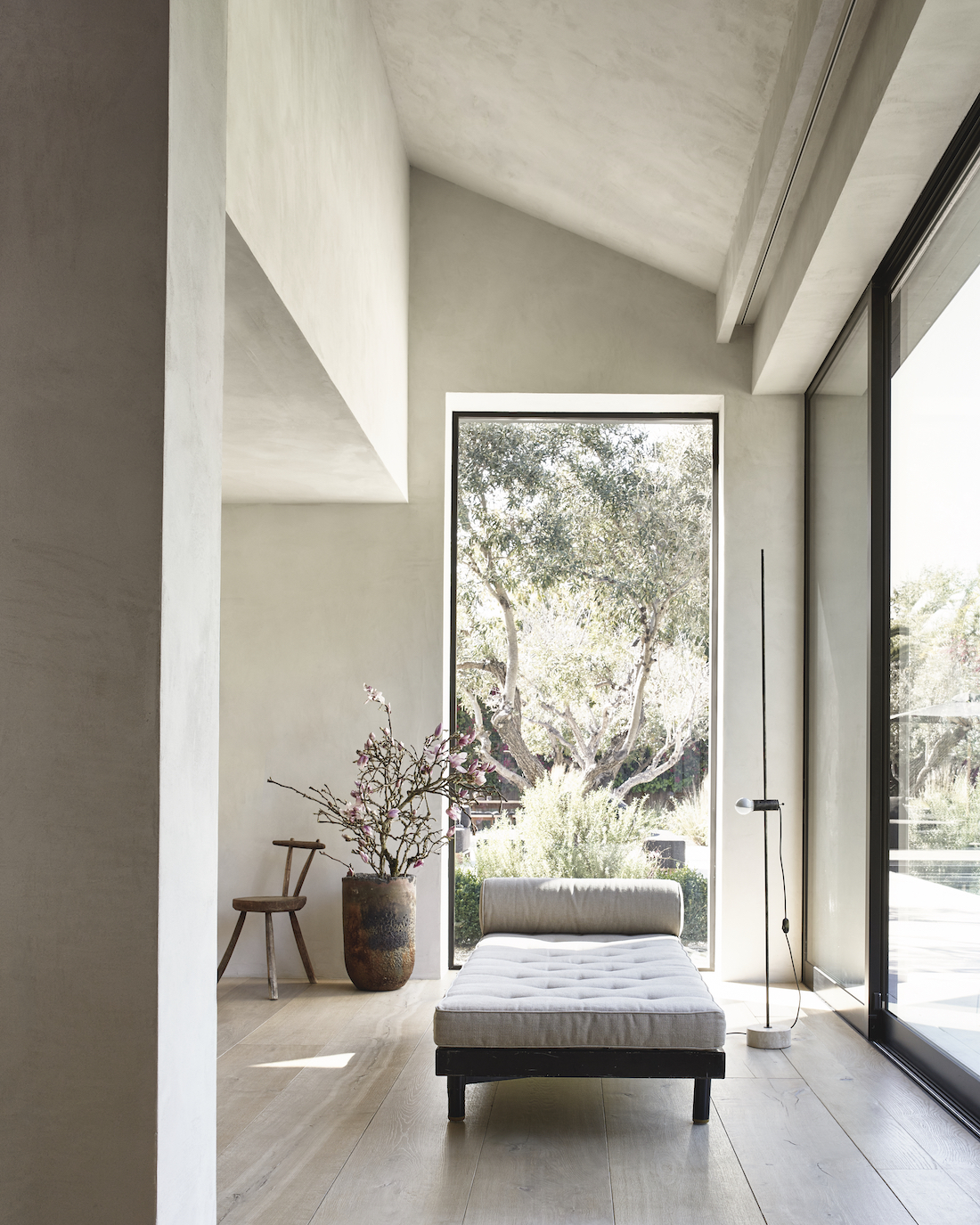
Effect Magazine sat down with the in-demand designer to discuss working from her gut, her secluded Malibu sanctuary and how the music business influenced her career.
You career didn’t follow a traditional trajectory. How did your background working in the entertainment industry inform your approach to design?
My mom owned a Japanese antique store and our parents built our childhood homes, so I was exposed to the industry in a number of ways from an early age. However, I really didn’t think I’d go into the business. Growing up in L.A., I was pulled into the music business and I managed record labels and talent for a number of years.
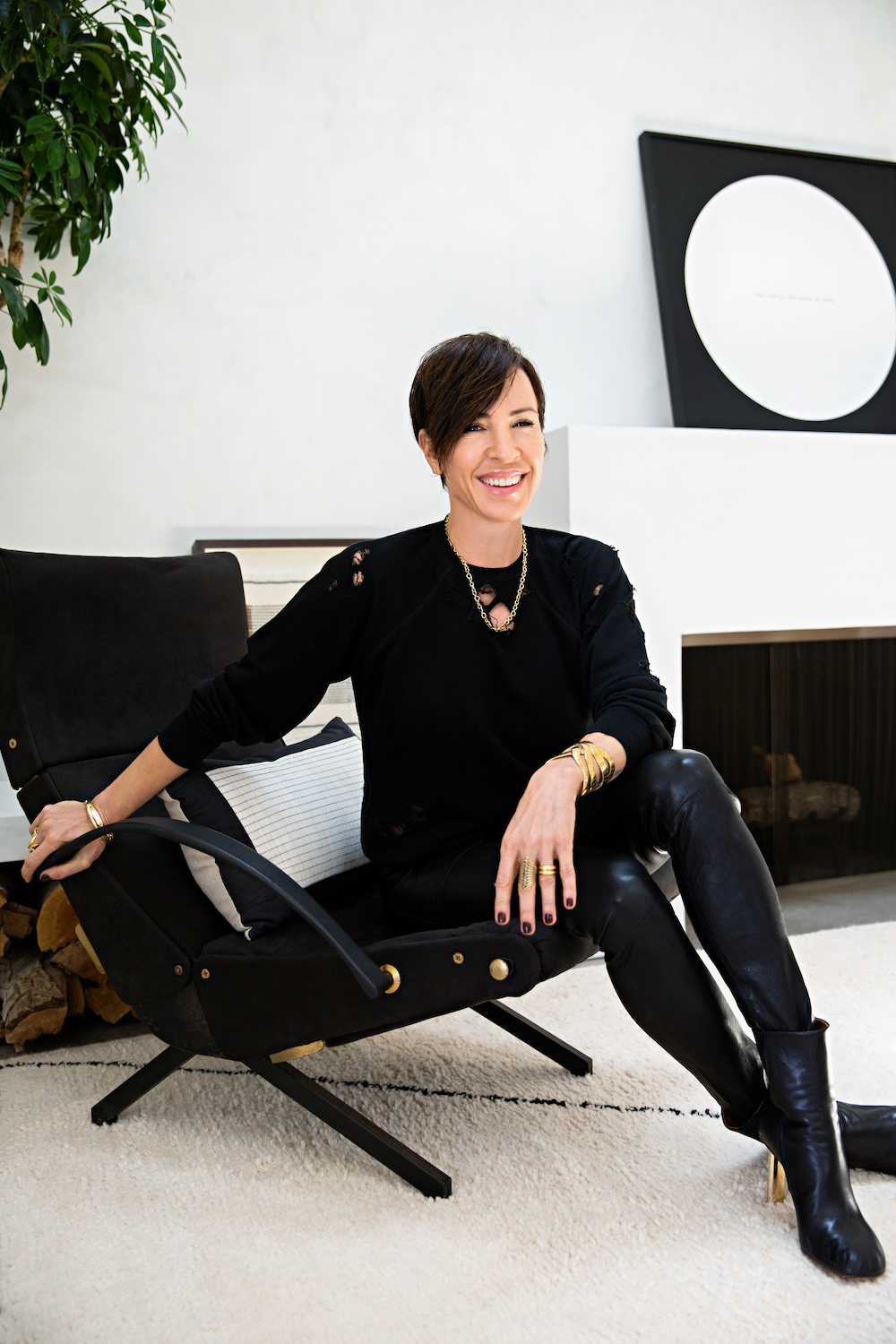
When I got married and I started having kids, I left the business and my husband and I started building our own houses. We really had no idea what we were doing initially, but I think I was ultimately influenced by my parents’ sheer lack of fear when it came to building!
Our projects were very well received and sold quickly. After numerous people asked us to design and build their homes, we finally said yes. I knew I had an aptitude for creating environments because I always had the big-picture view and a modicum of taste.
It took me a while to become truly comfortable doing those kinds of projects, and it’s quite remarkable to look back, because we are designing to such a high level of detail now.
Everyone wants to feel like they are living in the best hotel they ever stayed in; but they don’t want it to look like a resort, so we are creating places that create a feeling of escape
Vanessa Alexander
I think my people skills from the music industry really played into my hands as design is very much a people business. You need to manage people’s expectations; and given that I was guiding careers, I developed a holistic understanding of people and their personalities. It was a great training ground for the work we do now.
How has California been an influence on your work?
I was born and raised in California, and even though I have lived abroad and travelled extensively, there is definitely an element of California in my work. It actually used to bug me that my aesthetic was originally very ‘beachy’ but it has certainly shifted over time. My own home in Malibu – which I completed just before the onset of the pandemic – definitely talks to the outdoor lifestyle we lead here, but more than anything, it responds to its environment and has a more elegant and elevated aesthetic than my early work. I really wanted to reflect my own design evolution in my home.
How has home design shifted since the onset of the pandemic?
I think that people are seeking more connection post-Covid; but they are also really enjoying their homes and making them work for them for longer periods as people spend more time at home. I also think that ‘mega houses’ are rarer now – even our clients with means have dialled down any desire to be overly ostentatious in place of something more subtle in their homes. It’s a more low-key approach but without sacrificing luxury, detail or comfort. We are obviously seeing more home offices; these are not being limited to a desk used for Zoom but are expanding to become larger meeting rooms that don’t feel like conference rooms but more homely.

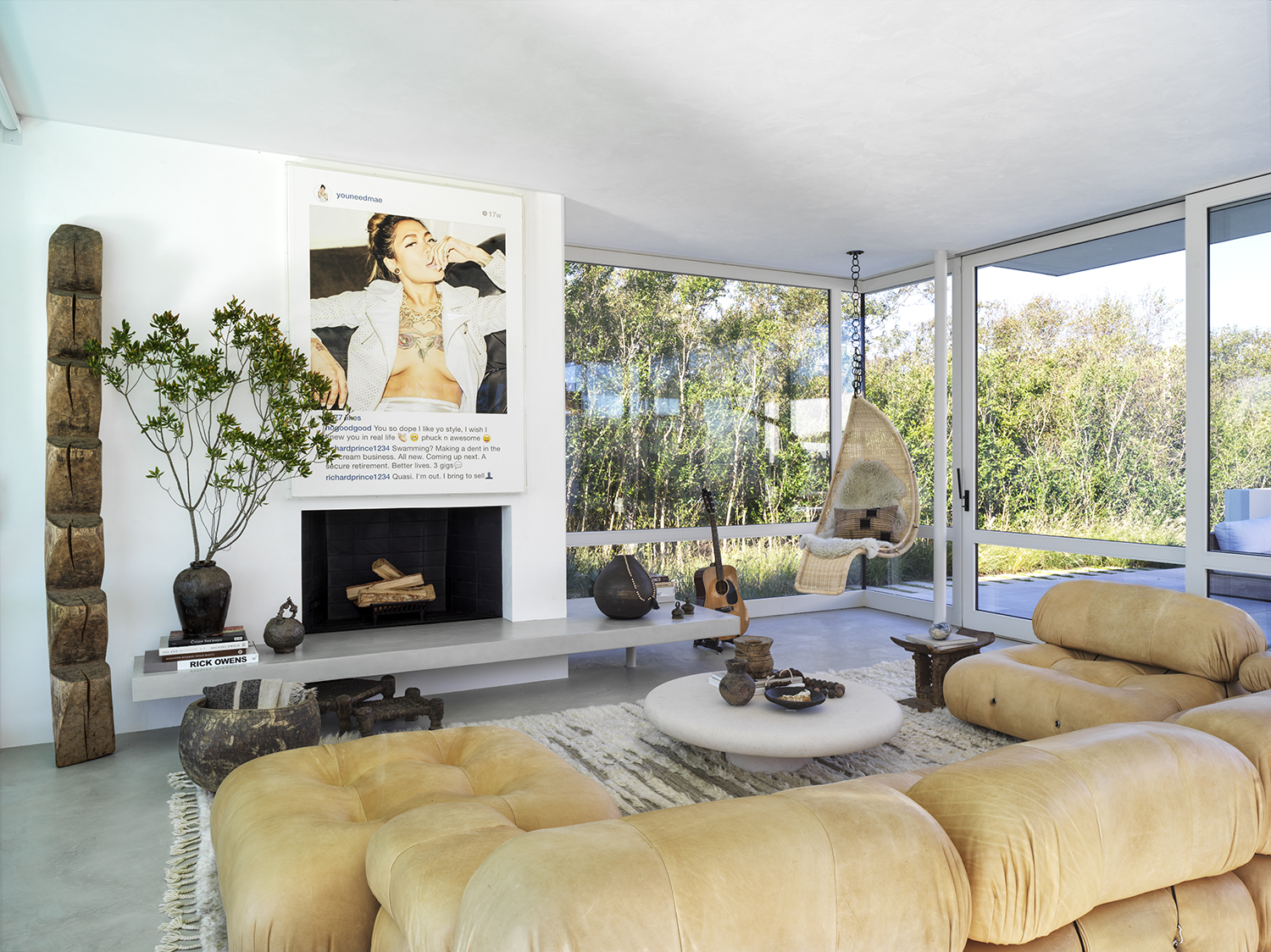
Home gyms have also become more important as people are not returning to the gym. We are also creating spa environments of all types, including integrating cold-plunging and saunas. Essentially, everyone wants to feel like they are living in the best hotel they ever stayed in; but they don’t want it to look like a resort, so we are creating places that create a feeling of escape.
There is also the party aspect. People want to connect more, so we are creating not just intimate family homes but homes with spaces that suit larger gatherings with a focus on fun. A positive pandemic takeaway was the desire to create more intimacy and reconnection within our homes.
On the question of designing for magazine spreads versus for human beings, how do you create such functional and liveable interiors that are also refined and elegant?
I like to strike a very strong balance between comfort and elevated, as well as leveraging custom design furniture pieces to be tailored to the lives of my clients. Our clients are definitely more into collectible and vintage design than ever. They are on many of the same vintage reseller sites that we are and have so much more access to product now. They have extraordinary access to visual knowledge, but it is our job to bring these pieces together in harmony – to be functional but beautiful.
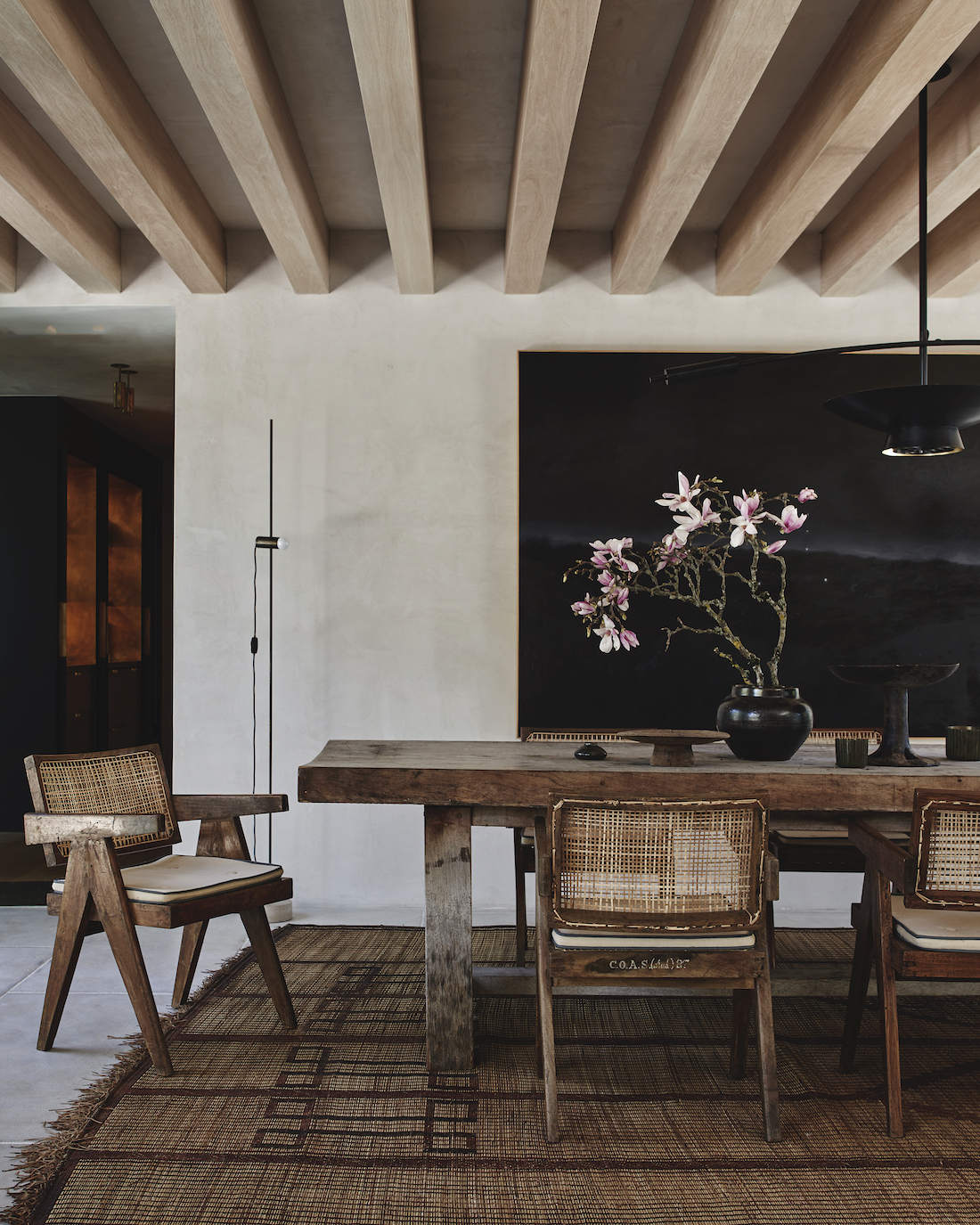

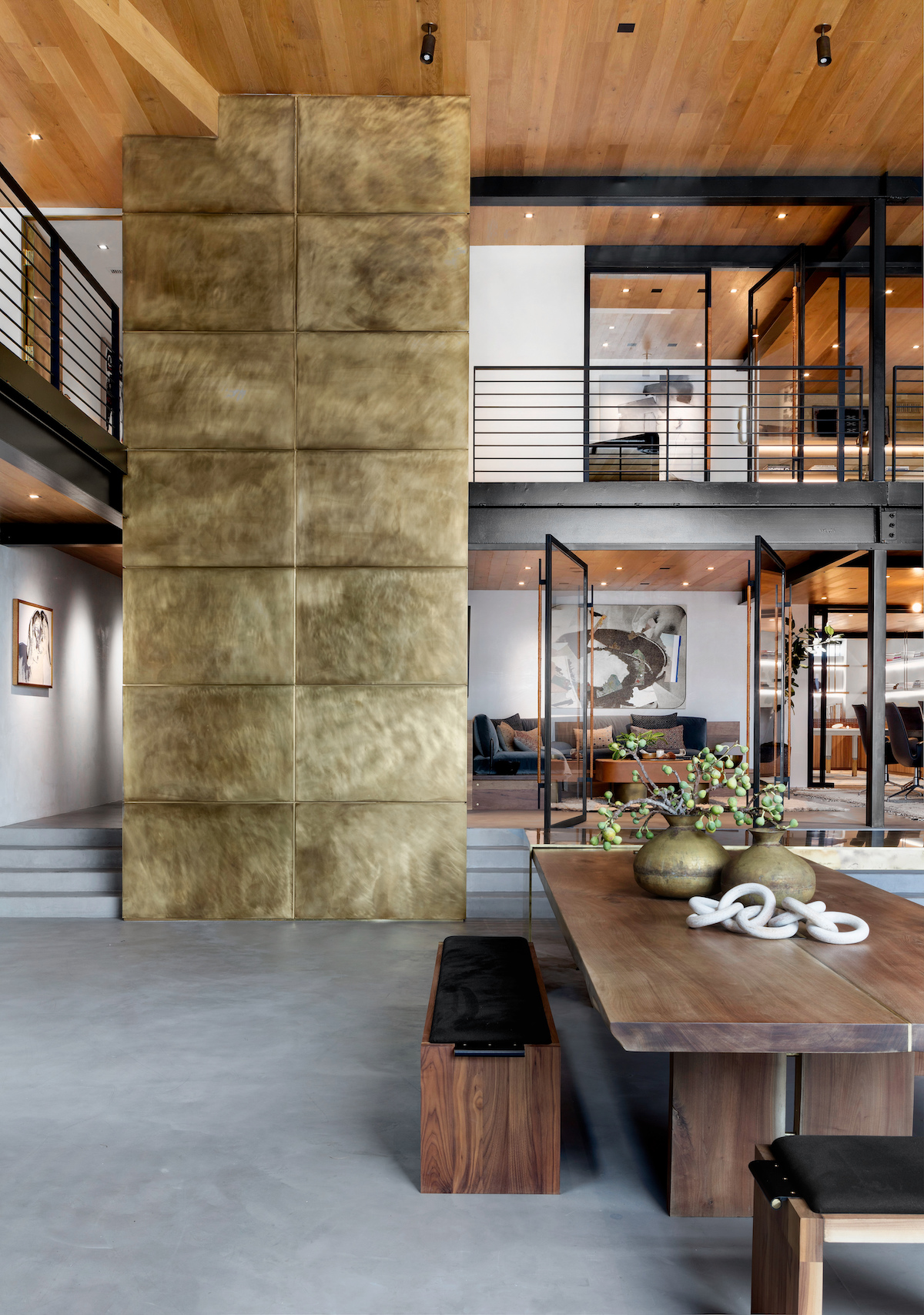
With your projects so closely followed on social media, how do you strike a balance between protecting your treasured resources while maintaining a generosity of spirit?
It’s difficult because whilst I want to support the creators and craftspeople with which I work, I have found that when I need those people again, they are too busy! Giving away sources is a fine balance. In some ways, it is also becoming harder and harder to be truly innovative because there is so much being replicated and copied. I certainly don’t like to be repetitive in my work and I try to constantly evolve. That’s what design is about, anyway.
What’s the most important interior design lesson you’ve learnt?
Listen to your gut, find a logic or a story to narrate the environment that you want to create and try not to be distracted by outside influences and other pressures. Sometimes it can be hard, with many different voices within the project and without trying to sway you and changing your mind. If you’re chasing these other influencers, or trying to make them happy, that initial distinctive concept can get muddled. That is definitely not to say that new ideas can’t be born in the course of a project, but I feel like that initial story is very important and really lays the ground-rules.
Read more: Interior Designers I Interiors | Vintage | Design | Los Angeles | Malibu | California | USA | Mid-Century



